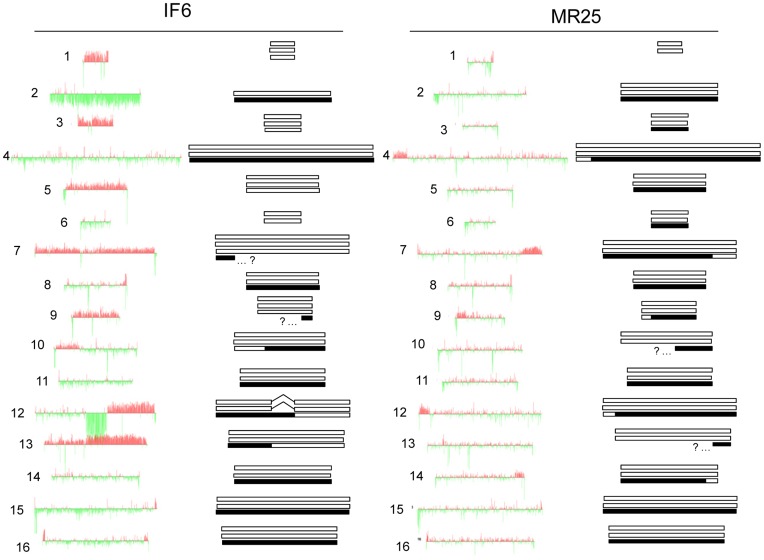Figure 3. Genome composition of hybrid strains IF6 and MR25 obtained by combining aCGH (this work) and PCR-RFLP [17] analyses.
Red and green signals correspond to the hybrid strain and the reference strain (S288c), respectively. White and black bars are used to represent S. cerevisiae and S. kudriavzevii fractions, respectively. Chromosomes showing black and white sections correspond to chimerical chromosomes. As an example, chromosome XIV in MR25 displayed a double RFLP pattern for EGT2, corresponding to the S. cerevisiae and S. kudriavzevii alleles, and one single pattern for BRE5, matching the S. cerevisiae allele restriction pattern [17]. The chimerical nature of this chromosome is confirmed by the caryoscope diagram where two different log2 ratios are observed, indicating a different S. cerevisiae chromosome content. By combining both sources of information, we can deduce that most chromosome XIV corresponds to two copies of S. cerevisiae (according to the EGT2 RFLP pattern and aCGH data) and one of S. kudriavzevii (according to EGT2 RFLP pattern), but chromosome XIV right end corresponds to three copies of S. cerevisiae (according to BRE5 RFLP pattern and aCGH data). The recombination site in the chimerical chromosome can be located according to the log2 ratio jump observed in the caryoscope diagram.

